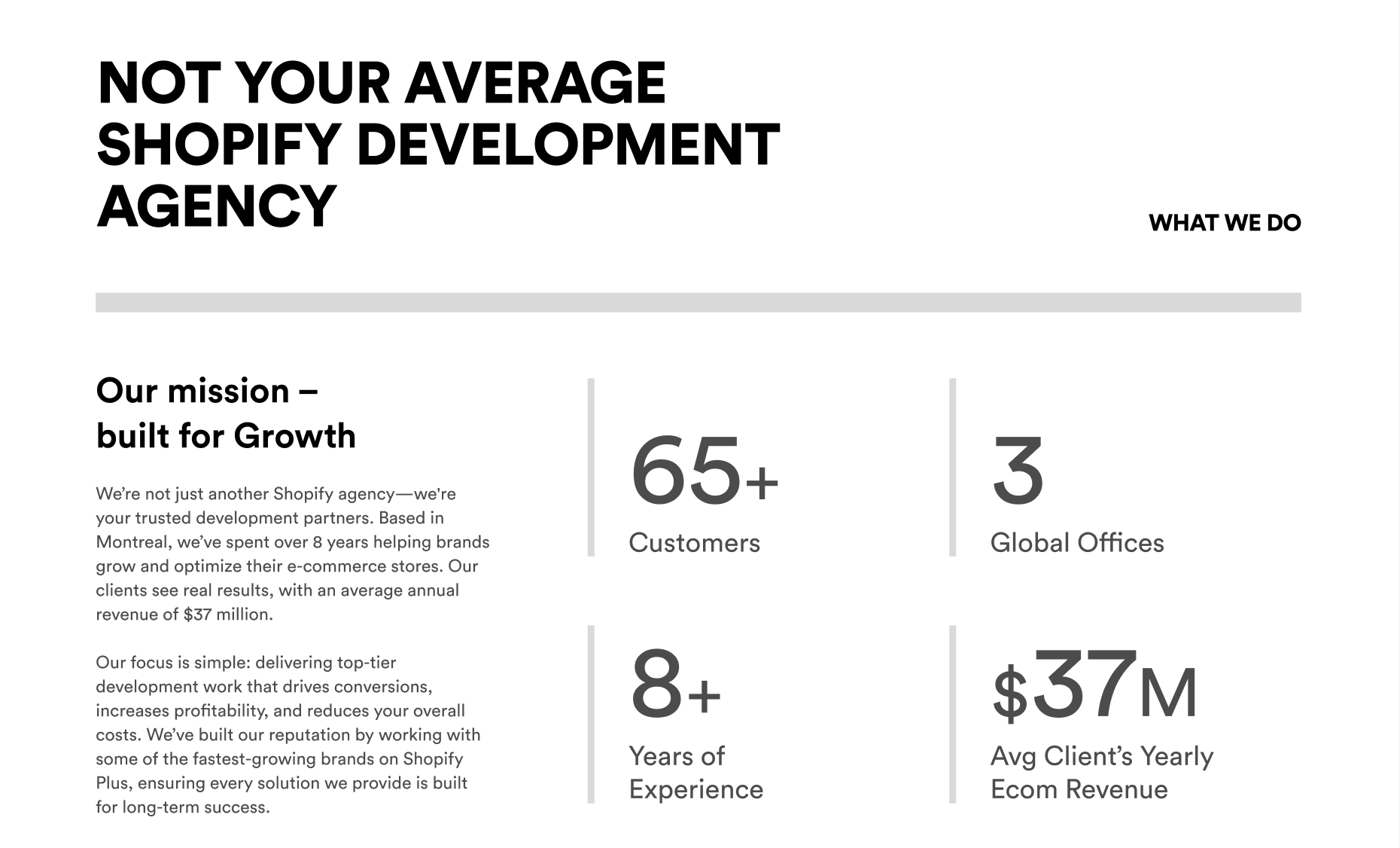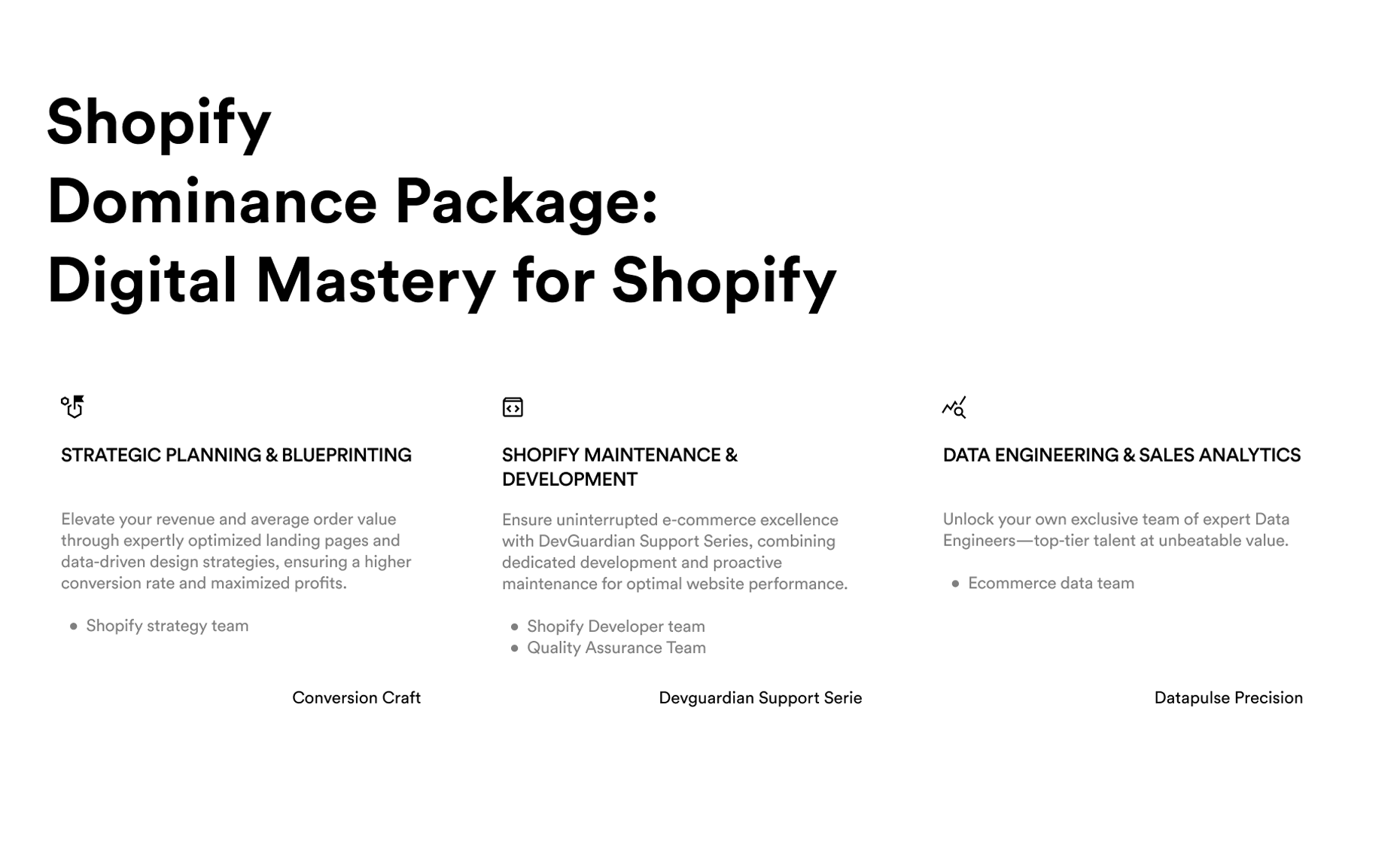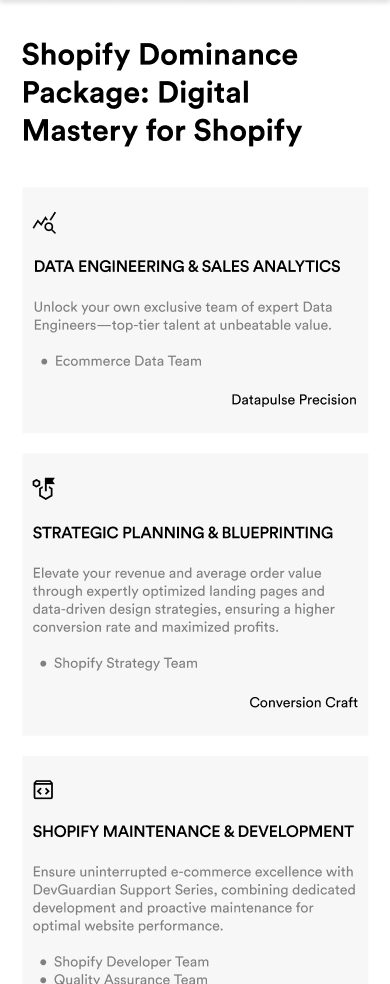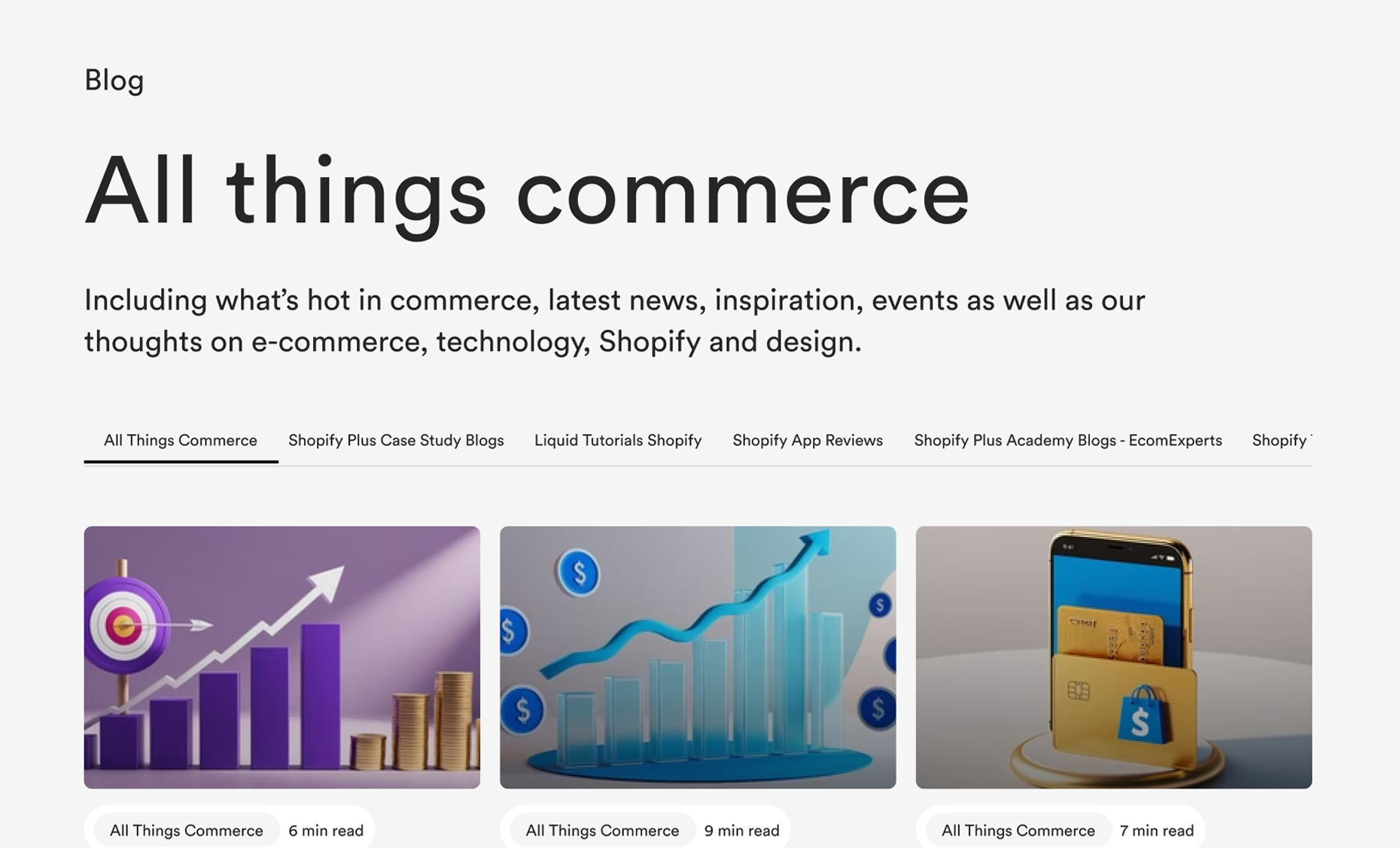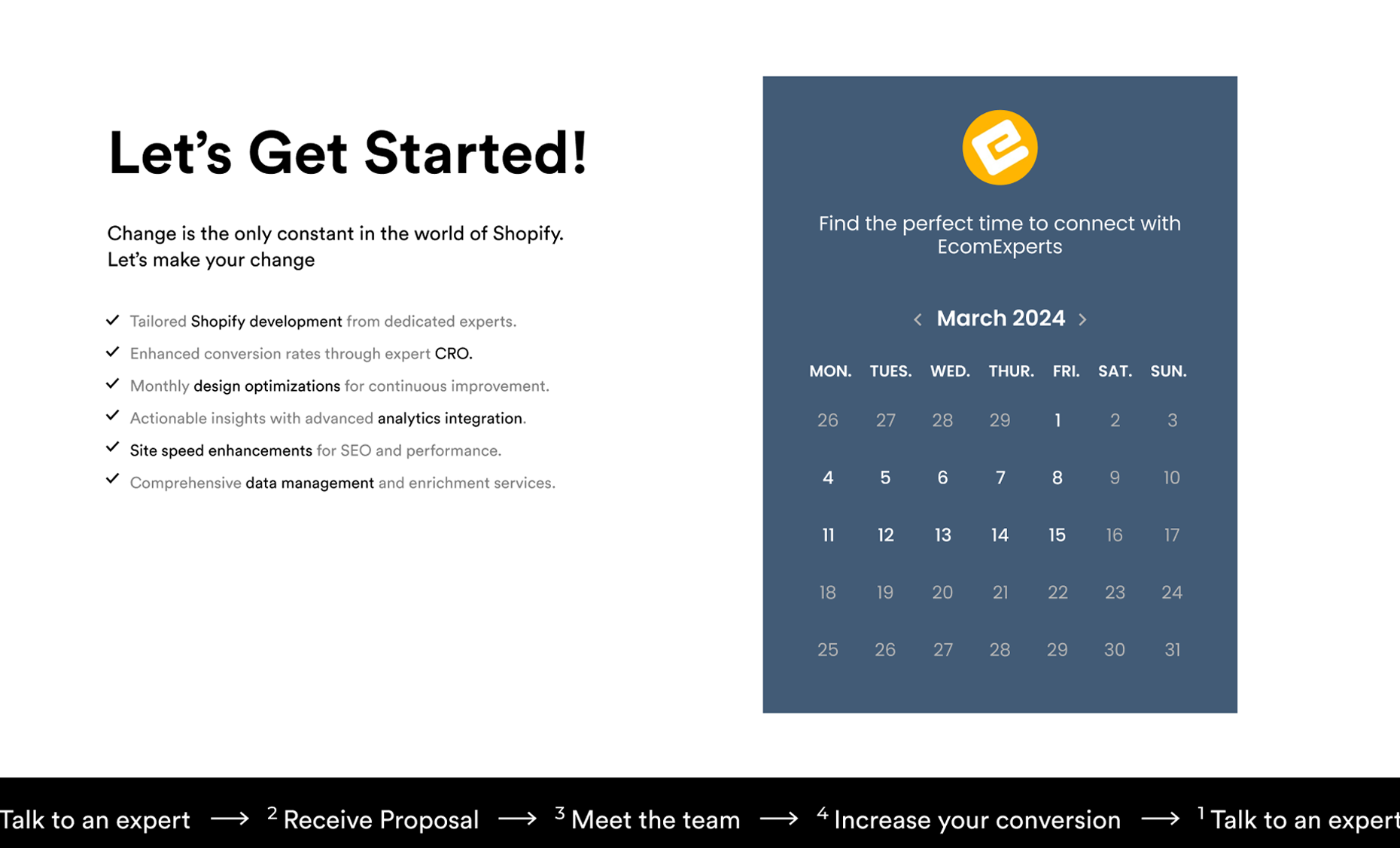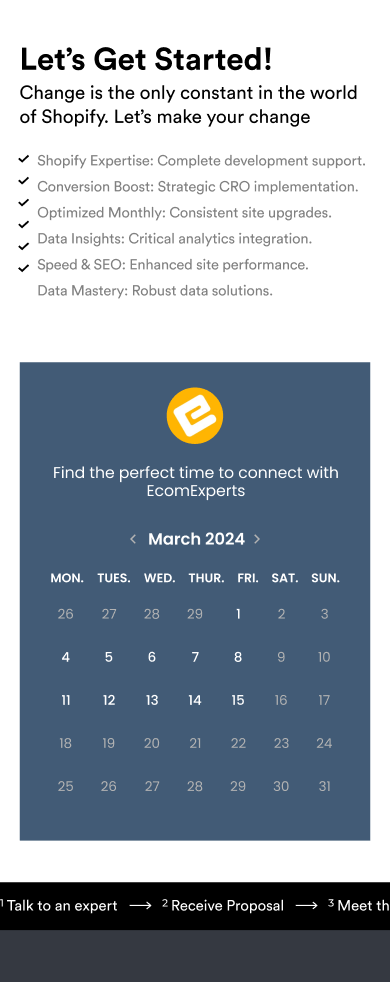Importance of Site Speed for Your Shopify Store
In today’s e-commerce game, speed is everything. If your Shopify store is slow, you’re basically asking customers to bounce—literally. We live in a world where people have zero patience, and that means if your site takes more than a few seconds to load, they’re out. And guess what? They’re probably heading straight to your competitor.
But here’s the kicker: it’s not just about losing customers. Your Site Speed directly impacts your Shopify Speed Score, and if that score is low, you’re waving a red flag that says, “This store is struggling.” A poor speed score doesn’t just mess with customer experience; it can tank your SEO too. Google’s algorithms aren’t going to show love to a site that drags, and that means less visibility, fewer clicks, and ultimately, fewer sales.
Bottom line: if you want to win in the e-commerce space, you’ve got to keep your site fast. A speedy store doesn’t just keep your customers happy; it also boosts your conversions and keeps you on Google’s good side. So, let’s dive into how you can crank up that speed and make sure your Shopify store is running like a well-oiled machine.
Assessing Your Shopify Store’s Current Speed
Using a Speed Testing Site
Alright, let’s get real—if you’re not regularly testing your Shopify store's speed, you’re flying blind. In the fast-paced world of e-commerce, speed isn’t just a luxury; it’s a necessity. Your Site Speed affects everything from user experience to conversion rates to where you show up in Google search results. And let’s not forget, it directly impacts your Shopify Speed Score—the metric that tells you whether your store is sprinting ahead or lagging behind.
So, how do you know if your site’s speed is up to par? That’s where a Speed Testing Site comes in. Tools like Google PageSpeed Insights and Pingdom are your go-to resources. These tools analyze your site’s performance and give you a detailed breakdown of what’s slowing you down.
Google PageSpeed Insights, for example, not only measures how fast your site loads but also provides actionable suggestions on how to improve it. Whether it’s optimizing images, reducing server response time, or eliminating render-blocking resources, this tool gives you a clear roadmap to boost your speed.
Pingdom, on the other hand, offers a straightforward, user-friendly interface that shows you how your store performs from different locations around the globe. It provides insights into load times, performance grades, and even historical data so you can track improvements over time.
By regularly using these tools, you can identify the specific issues dragging down your site’s speed and fix them before they hurt your Shopify Speed Score. The goal here is to keep that score high, ensuring a seamless, fast shopping experience for your customers, which in turn keeps them coming back for more.
Key Factors Slowing Down Your Shopify Store
Theme Selection
Let’s kick things off with your store’s theme. Here’s the deal: the theme you choose isn’t just about looks—it’s about performance. A heavy, overly complex theme might wow your visitors visually, but if it slows your site down, it’s doing more harm than good.
Themes loaded with high-resolution images, complex animations, and bulky code can seriously drag down your Shopify store’s speed. This not only frustrates your customers but also impacts your Shopify Speed Score. A lower speed score can hurt your SEO rankings and, ultimately, your sales.
To Optimize Shopify Speed, go for lightweight, responsive themes that are built for performance. Shopify’s Dawn and Impulse themes are great examples. They’re designed to be fast, mobile-friendly, and customizable without all the extra bloat that slows down your store.
For more options, check out Shopify’s Theme Store, where you can find a range of themes optimized for both speed and functionality.
Image Optimization
Now, let’s talk about images. High-quality images are essential for showcasing your products, but if they’re not optimized, they can significantly slow down your site. Large image files take longer to load, which can lead to longer wait times for your customers—a big no-no for your Site Speed and Shopify speed optimization efforts.
To keep your store running fast, compress your images without sacrificing quality. Tools like TinyPNG and Shopify apps like Crush.pics are your best friends here. They reduce the file size of your images, allowing them to load faster while maintaining the visual appeal of your products.
Also, consider using modern image formats like WebP, which provide better compression than traditional formats like JPEG and PNG. This can make a noticeable difference in your page load times.
Minimize Apps and Third-Party Scripts
Let’s be honest—apps and third-party scripts can be a double-edged sword. They add awesome functionality to your Shopify store, but they can also weigh it down if you’re not careful. Each app and script you add requires resources to load, and the more you have, the slower your site becomes.
To Optimize Shopify Speed, it’s crucial to audit your apps regularly. Take a hard look at what you really need and ditch the rest. Shopify’s app management documentation provides guidance on how to assess the impact of apps on your store’s performance and remove the ones that are no longer necessary.
Remember, every script and app adds to your site’s load time, so keep it lean to keep it fast.
CSS and JavaScript Minification
Finally, let’s talk about minification—an often-overlooked but highly effective way to reduce load times. CSS and JavaScript files are essential for your store’s functionality and design, but they can be bulky. Minification strips out unnecessary characters like spaces, comments, and line breaks, reducing the file size and speeding up your site.
By minifying your CSS and JavaScript files, you can shave precious seconds off your load times, giving your customers a smoother, faster shopping experience on your Shopify store.
Best Practices for Ongoing Shopify Speed Optimization
Implementing Lazy Loading
Lazy loading is one of those simple yet powerful techniques that can have a huge impact on your Shopify speed optimization efforts. So, what is lazy loading? It’s a technique that defers the loading of images and videos until they’re actually needed—meaning they only load when they come into view on the screen. This significantly reduces initial page load times because the browser doesn’t have to load everything at once.
Think of it this way: instead of making your customers wait for all the images and videos to load before they can interact with your page, lazy loading allows them to start engaging with your content immediately, while the rest of the media loads in the background. This not only speeds up your Shopify store but also enhances user experience, keeping customers engaged.
To implement lazy loading on your Shopify store, you can take advantage of built-in features or use apps specifically designed for this purpose. Shopify’s Lazy Loading feature is easy to set up and works out of the box with most themes. Alternatively, you can explore apps like LazySizes, which offer additional customization options for more advanced lazy loading implementations.
By integrating lazy loading, you can effectively Optimize Shopify Speed and ensure that your store runs smoothly, even with media-rich content.
Regularly Monitoring and Testing Site Speed
Now, let’s talk about the importance of keeping an eye on your Site Speed—because it’s not a set-it-and-forget-it deal. Continuous monitoring is crucial for maintaining optimal performance. Even after you’ve optimized your Shopify store, various factors like adding new apps, updates, or content changes can impact your speed. That’s why regular speed tests are a must.
Using a Speed Testing Site like Pingdom or GTmetrix allows you to monitor your store’s performance consistently. These tools not only provide you with a detailed breakdown of your site’s speed but also highlight specific areas that may need attention. They offer insights into load times, performance grades, and even the geographical locations that may be experiencing slower speeds.
To take it a step further, set up automated alerts for performance dips. This way, if your Site Speed drops below a certain threshold, you’ll be notified immediately and can take action before it starts affecting user experience or your Shopify Speed Score. Tools like Pingdom offer these alert systems, ensuring that you stay on top of any potential issues.
Regular monitoring and proactive management are key to keeping your Shopify store fast and efficient, ensuring that your customers enjoy a seamless shopping experience every time they visit.
Leveraging Shopify Plus for Better Performance
Advanced Caching and CDN Usage
When it comes to supercharging your Shopify store’s performance, Shopify Plus offers some serious firepower. One of the key advantages of Shopify Plus is the ability to leverage advanced caching techniques and Content Delivery Networks (CDNs) to dramatically improve site speed, especially for stores with a global audience.
So, what’s the deal with caching? Caching stores a copy of your website’s static content—like images, CSS, and JavaScript files—on the server so that it can be delivered quickly to visitors without needing to be regenerated every time. Shopify Plus allows for more sophisticated caching strategies, which means faster load times for your customers. By serving cached content, your server works less, and your site’s speed improves, boosting your Shopify Speed Score.
But the real game-changer is CDN usage. A CDN, like Cloudflare, distributes your website’s content across a network of servers around the world. When someone visits your Shopify store, the CDN delivers content from the server closest to them, reducing latency and speeding up load times. This is particularly beneficial for stores targeting customers in multiple regions, ensuring everyone gets a fast and seamless experience, no matter where they are.
For more details on how to implement these advanced features, check out the Shopify Plus documentation.
Consulting with Expert Shopify Developers
Look, even with all the built-in tools and resources, sometimes you need a pro to take things to the next level. That’s where Expert Shopify Developers come into play. These are the folks who live and breathe Shopify optimization and can tailor solutions that fit your specific needs.
Whether you need custom coding for advanced caching, optimization of third-party scripts, or integration of a powerful CDN, a developer with deep expertise in Shopify can make it happen. They’ll dig into the nitty-gritty details—like minifying code, optimizing server response times, and configuring advanced settings—to ensure your site runs at peak performance.
Working with an Expert Shopify Developer doesn’t just help with immediate fixes; it sets you up for long-term success by creating a foundation that supports ongoing speed optimization. The result? A faster, more efficient store that keeps customers happy and boosts your Shopify Speed Score.
When you’re ready to step up your game, partnering with the right experts can be the difference between a good Shopify store and a great one.
Conclusion
Let’s wrap this up by hitting the key points home. If you want your Shopify store to thrive, maintaining a high Shopify Speed Score and overall site speed is non-negotiable. It’s not just about keeping customers happy—although that’s huge—it’s about maximizing conversions, boosting SEO rankings, and staying competitive in the eCommerce game.
We’ve covered the critical steps you need to take:
- Theme Optimization: Choose lightweight, responsive themes that don’t weigh your site down.
- Image Compression: Optimize your images with tools like TinyPNG and Crush.pics to ensure they load quickly without sacrificing quality.
- Minimizing Apps: Regularly audit and remove unnecessary apps and third-party scripts that could be slowing your site down.
- Continuous Monitoring: Use tools like Google PageSpeed Insights and Pingdom to regularly test your site speed and set up alerts for any dips in performance.
By consistently implementing these strategies, you can Optimize Shopify Speed, improve your Shopify Speed Score, and ensure that your Shopify store is always running at peak performance.
FAQs
Q1. How do I test my Shopify store’s speed?
A1. To test your Shopify store’s speed, start with a Speed Testing Site like Google PageSpeed Insights. Simply enter your store’s URL, and the tool will analyze various performance metrics, such as load time, responsiveness, and overall site speed.
It will also provide a detailed report with actionable insights on how to improve your Shopify Speed Score. Regular testing is essential to keep your store running smoothly and efficiently.
Q2. What is a good Shopify Speed Score?
A2. A good Shopify Speed Score typically falls between 70 and 100. This score indicates that your site is loading quickly and providing a good user experience. A higher score not only improves customer satisfaction but also positively impacts your site’s SEO, as Google favors fast-loading sites in search rankings.
Regularly monitoring your score helps ensure your Site Speed stays optimized, which is crucial for maintaining high performance and customer engagement.
Q3. Can too many apps slow down my Shopify store?
A3. Yes, too many apps can slow down your Shopify store. Each app adds extra code and functionality, which can increase load times and negatively impact your store’s performance.
To Optimize Shopify Speed, regularly audit your apps and remove any that are unnecessary or redundant. Focus on keeping only the essential apps that add real value to your store, and consider using optimized alternatives if available.
Q4. What is lazy loading, and how can it help my site’s speed?
A4. Lazy loading is a technique that defers the loading of images and videos until they are needed—meaning, they only load when the user scrolls down to them. This significantly improves Site Speed by reducing the initial load time of your pages.
Implementing lazy loading is a key strategy for Shopify speed optimization, ensuring that your customers experience faster load times and a smoother browsing experience.
Q5. Should I hire an Expert Shopify Developer for speed optimization?
A5. If your store has complex needs or if you’ve already tried basic optimizations without seeing significant improvements, it may be time to hire an Expert Shopify Developer or team like Ecom Experts.
We specialize in advanced optimizations, from custom coding to integrating performance-enhancing features like CDNs and can help you achieve the best possible site speed and ensure your store runs at peak performance.




